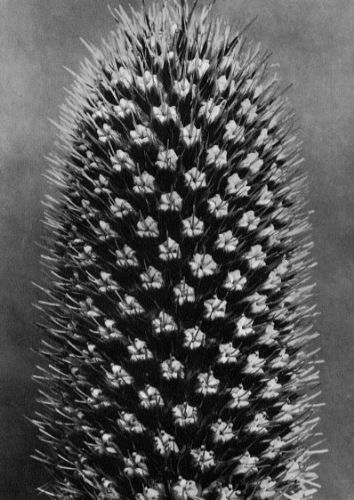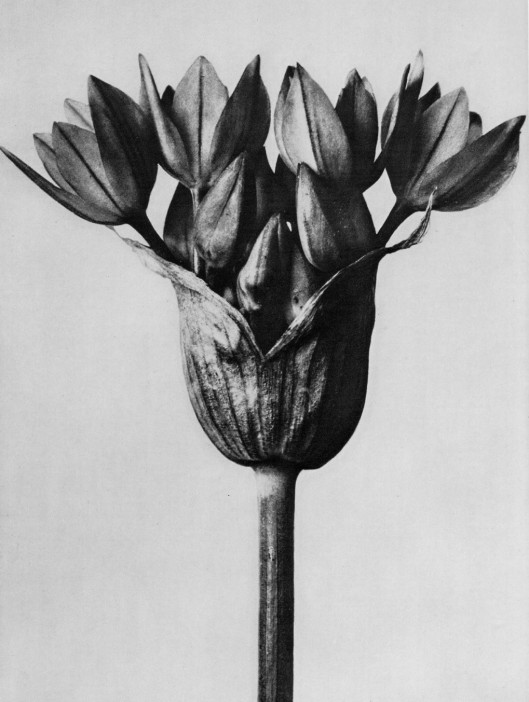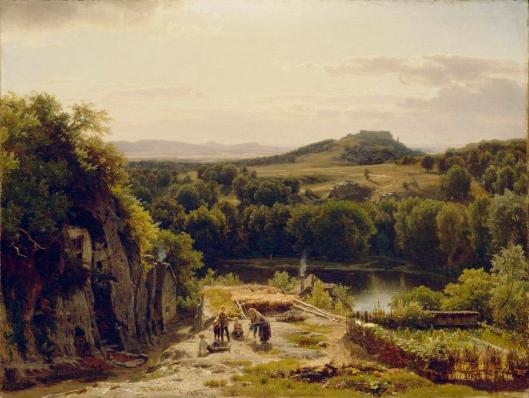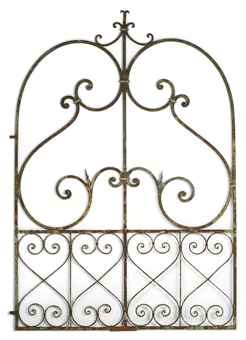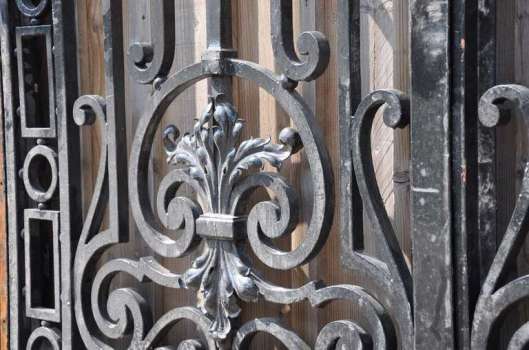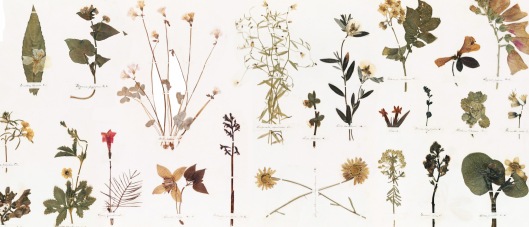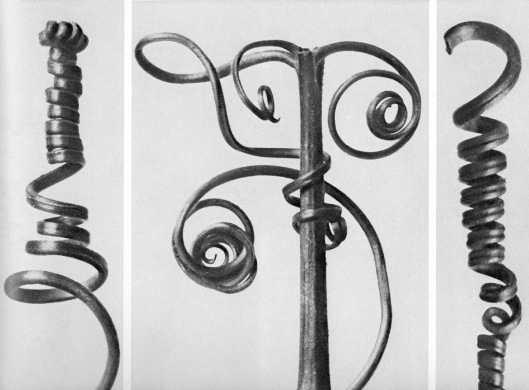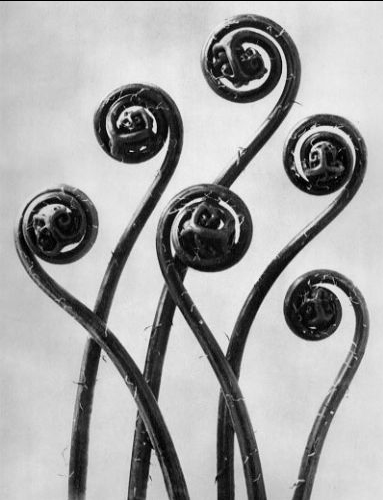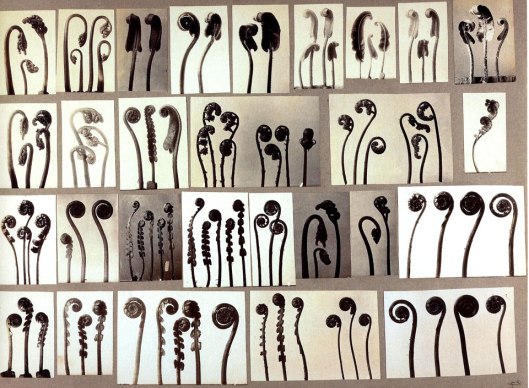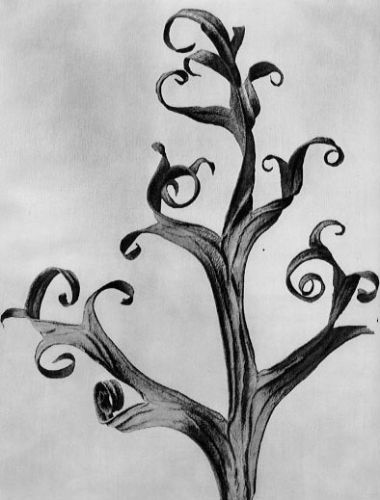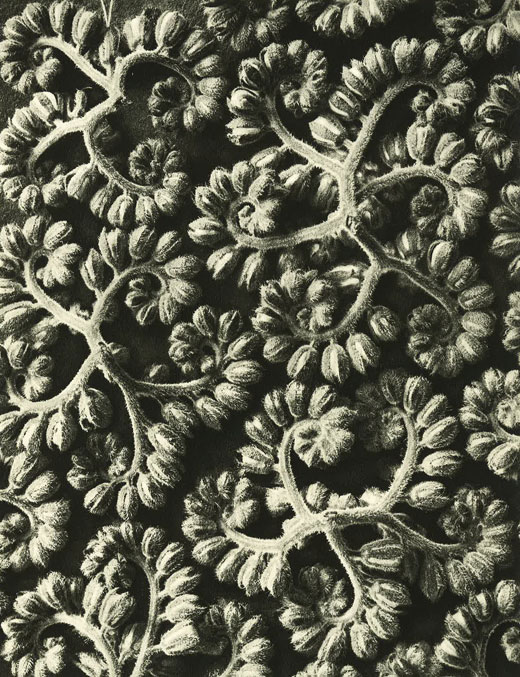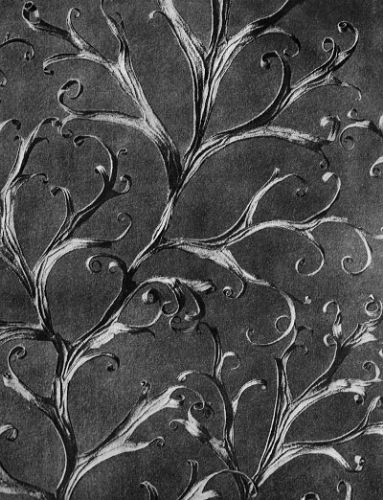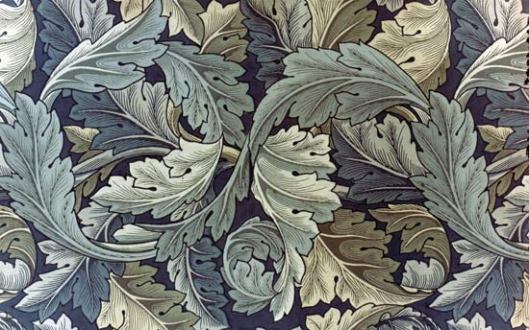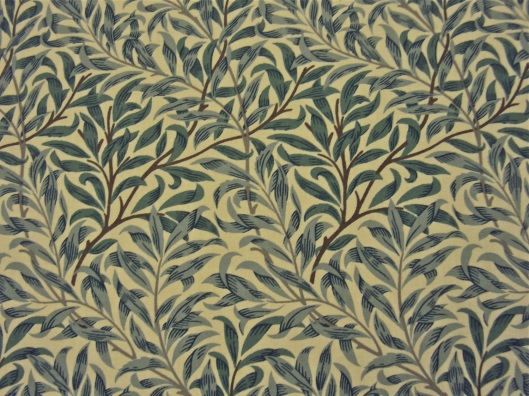Tags
19th century, 20th century, art, arts and crafts, black and white, botanical, flowers, german, karl blossfeldt, nature, photography, plants, vintage
Most artists know they are artists. Either they set out to be one, or they come to it by accident, but mostly when they are making art they realise it’s art.
Karl Blossfeldt did not consider himself a photographer. Yet he produced some of the most interesting, innovative and artistic photographs of the early 20th century.
Born in 1865, Blossfeldt lived through the rise of industry in the 19th century but he always had a clear love for the natural world which quite possibly had it’s roots (no pun intended!) in his childhood.
The son of a farmer in the Harz mountains, the highest mountain range in Germany, you can imagine a young Blossfeldt roaming the fields and woods learning about the plants around him.
In his teens he started working in a local ironworks. Among other things, Blossfeldt would’ve learnt how to make wrought iron gates and grilles which often featured floral motifs.
He clearly showed promise artistically, because he soon received a grant to study at the Berlin Museum of Arts and Crafts. Here he met Moritz Meurer, a crafts teacher who was to have a big impact on Blossfeldt’s future. At this time Meurer was pioneering a new teaching method, designed to improve the overall standard of Germany’s products in the field of design, which involved design students drawing plant forms before stylising them for use as motifs in things like wrought iron. Blossfeldt ended up working as Meurer’s assistant, helping him build a photographic catalogue of plants from all over Europe.
In previous centuries, botanists collected plant specimens and catalogued them in a herbarium.
Plants were dried and stored in books or drawers.
Meurer and Blossfeldt created a photographic herbarium, but the photographs they took were only seen as technical illustrations rather than artworks in their own right.
After spending 7 years with Meurer, Blossfledt branched out (oops – another pun, sorry!) on his own. In 1898 he became a lecturer at the Charlottenburg School of Arts and Crafts in Berlin, and he was successful in introducing a new subject in the curriculum. Following in the footsteps of Meurer he taught students how to draw plant forms, which were then transferred to designs for metal work or other products with floral motifs.
This is where Blossfeldt really got into photography. He decided photographs would be the best teaching aid, as he could print or project the images large on the walls of the classrooms.
He began collecting and photographing plant specimens from the gardens and lane ways around his home. Very rarely did he use exotic plants, or travel far to collect them. He could see the potential in even the most humble plants and weeds, as you can see in the following images of pumpkin tendrils and maidenhair fern fronds.
Blossfeldt built his own camera and somehow managed to use magnification techniques to achieve images that were up to 30x life size.
It is not known exactly how many images Blossfeldt produced, but when you consider how many variations he produced of the same plants it’s easy to imagine the volume of images he was creating!
It’s also easy to see how Blossfeldt chose plants that could easily fit into design work.
As well as photographing one or two plant pieces on their own, he also experimented with laying the specimens out on mass in an almost geometric manner.
To my eye these images are somewhat reminiscent of the wallpaper designs of William Morris, an English artist and designer working during the later part of the 19th century.
Blossfeldt continued as merely a teacher until the later 1920s. Somehow his work was discovered by someone who saw the images as more than teaching aids, and in 1928 his first book of photographs was published – Blossfeldt was 63 years old. He died only 4 years later in 1932, but before his death another 2 books were published.
He is now considered a very important and influential photographer, and his other profession of teacher is often overlooked.
Without even realising it Karl Blossfeldt created striking works of art that have fascinated people for nearly a century. And I’m sure they’ll be hanging on gallery walls for centuries to come!


